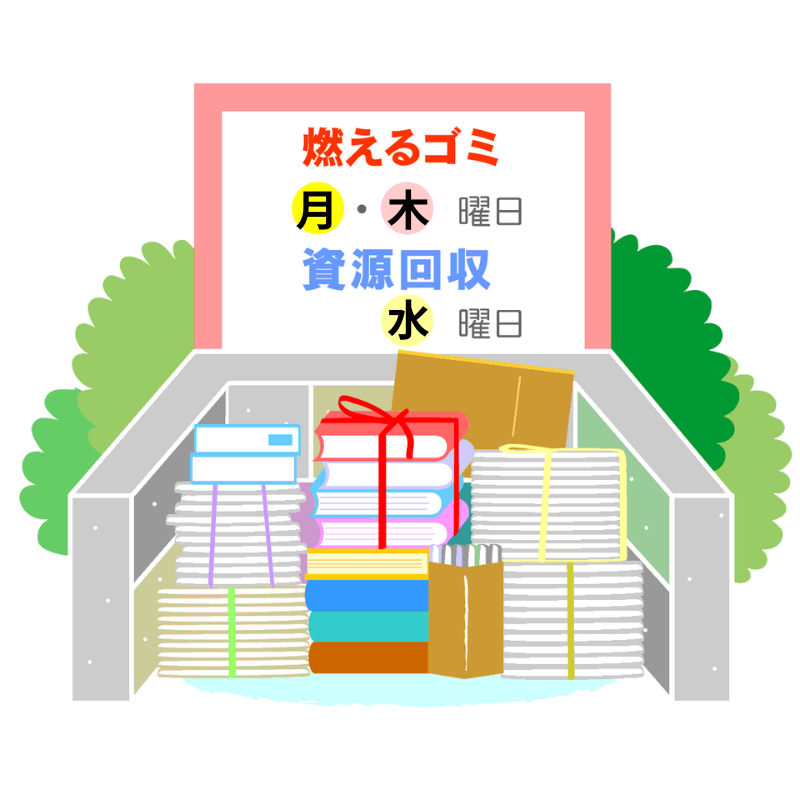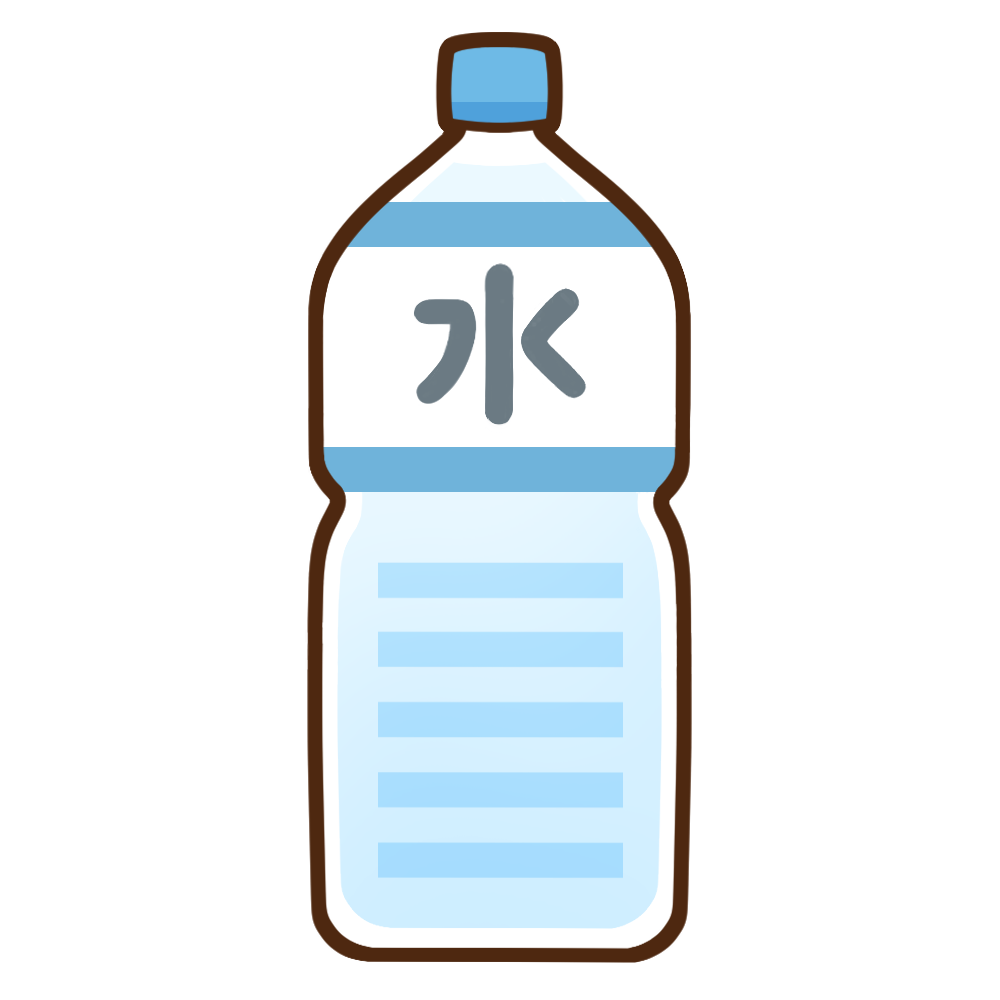Simplified Guide to Japanese Characters
- The Enigmatic Beauty of Kanji
- From Form to Meaning: The Structure of Kanji
- Decoding Kanji Pronunciations: The Tale of Two Readings
- Why Do Kanji Have Multiple Readings?
- Beyond Basics: Jūbakoyomi and Yutōyomi Readings
- Exploring Kanji Through Everyday Examples
- Making Connections: Kanji in Context
- Strategies for Learning Kanji
- The Road Ahead
The Enigmatic Beauty of Kanji
Welcome to the mesmerizing world of kanji, the characters at the heart of the Japanese language. Originating from China, these symbols have evolved into an integral part of Japanese writing, each carrying its unique form, sound, and meaning. For learners from non-kanji backgrounds, diving into kanji can seem daunting. Fear not! This guide is your first step into understanding kanji, making this complex system accessible and engaging.
From Form to Meaning: The Structure of Kanji
Consider the kanji for numbers as our starting point: 一 (one), 二 (two), 三 (three), 四 (four), and so on up to 十 (ten). These characters illustrate how simple concepts are visually represented in a straightforward manner. The progression from 一 to 十 showcases how additional strokes increase numerical value, a perfect example of form mirroring meaning.
Decoding Kanji Pronunciations: The Tale of Two Readings
A unique aspect of kanji is that a single character can have multiple pronunciations. This duality stems from kanji’s Chinese origins (On-yomi) and the Japanese adaptations (Kun-yomi).
- On-yomi (おんよみ) is derived from the original Chinese pronunciation of the kanji.
- Kun-yomi (くんよみ) assigns indigenous Japanese words to kanji, enriching the language with a layer that blends semantic value and native sounds.
Why Do Kanji Have Multiple Readings?
Have you ever wondered why a single kanji character can have several different pronunciations, such as On-yomi and Kun-yomi readings? The reason lies in the way Japanese language and culture have embraced both tradition and change over the centuries. As Japan adopted new readings from China at different times, they also chose to keep the older readings alive. This blend of old and new gives many kanji characters their multiple readings today.
For example, the kanji for “one” (一) has two On-yomi readings: “イッ” (It) and “イチ” (Ichi). The reading “イチ” is actually older and was the first to be adopted into Japanese from Chinese, while “イッ” came later. This historical layering of readings enriches the language, providing a window into the past and how the Japanese language has evolved.

Did you know? The practice of preserving old readings while adopting new ones applies not just to On-yomi, but to Kun-yomi readings as well. This is why some kanji have multiple Kun-yomi readings. For instance, the kanji for “four” (四) has two different Kun-yomi readings: “よ” (yo) and “よん” (yon).
Beyond Basics: Jūbakoyomi and Yutōyomi Readings
Kanji learning also introduces us to Yutōyomi and Jūbakoyomi, rare blends that showcase the adaptability of the Japanese language:
- Jūbakoyomi is when the first kanji uses an On-yomi (Chinese reading) and the second uses a Kun-yomi (Japanese reading). A good example is “重箱” (Jūbako), meaning a layered box, where “重” (Jū) is the On-yomi and “箱” (bako) is the Kun-yomi.
- Yutōyomi is just the opposite; the first kanji uses a Kun-yomi and the second an On-yomi. For instance, “湯桶” (Yutō), or hot water bucket, has “湯” (yu) in Kun-yomi and “桶” (tō) in On-yomi.

Did You Know?
The word “yomi” in Jūbakoyomi (重箱読み) and Yutōyomi (湯桶読み) means “reading” in Japanese! These terms combine “yomi” with other kanji to describe unique patterns of reading kanji characters.
Exploring Kanji Through Everyday Examples
To bring our exploration closer to daily life, let’s consider kanji that represent elements of nature and time, such as 日 (sun/day), 月 (moon/month), and 水 (water). These characters capture concepts, making them powerful tools for communication.

This is an illustration of a garbage collection area. It shows the days for collecting burnable trash on “月(Monday)” and “木(Thursday)”, and recyclable trash on “水(Wednesday)”.

This is water in a plastic bottle sold in Japan. The Kanji for “水(water)” shows what’s inside the bottle.
Making Connections: Kanji in Context
Kanji combine to form new meanings, such as 人 (person) and 愛 (love) creating 愛人 (lover), showcasing the language’s depth and flexibility.
Strategies for Learning Kanji
- Start with the Basics: Begin with simple kanji and gradually progress to complex characters.
- Practice Regularly: Repetition aids memorization of forms and readings.
- Use Mnemonics: Create stories or associations to remember each kanji.
- Engage with Real-Life Materials: Reading texts or labels helps to see kanji in context.
The Road Ahead
Learning kanji is a journey into the Japanese language and culture, offering deeper insights and understanding. Remember, it’s a marathon, not a sprint.
To further boost your kanji learning journey, we’ve found an excellent YouTube video that breaks down the basics of kanji strokes and pronunciation. It’s a fantastic resource for beginners, visually teaching you the essentials of writing and speaking kanji correctly.
Check it out and take another step forward in mastering the beautiful art of kanji!



